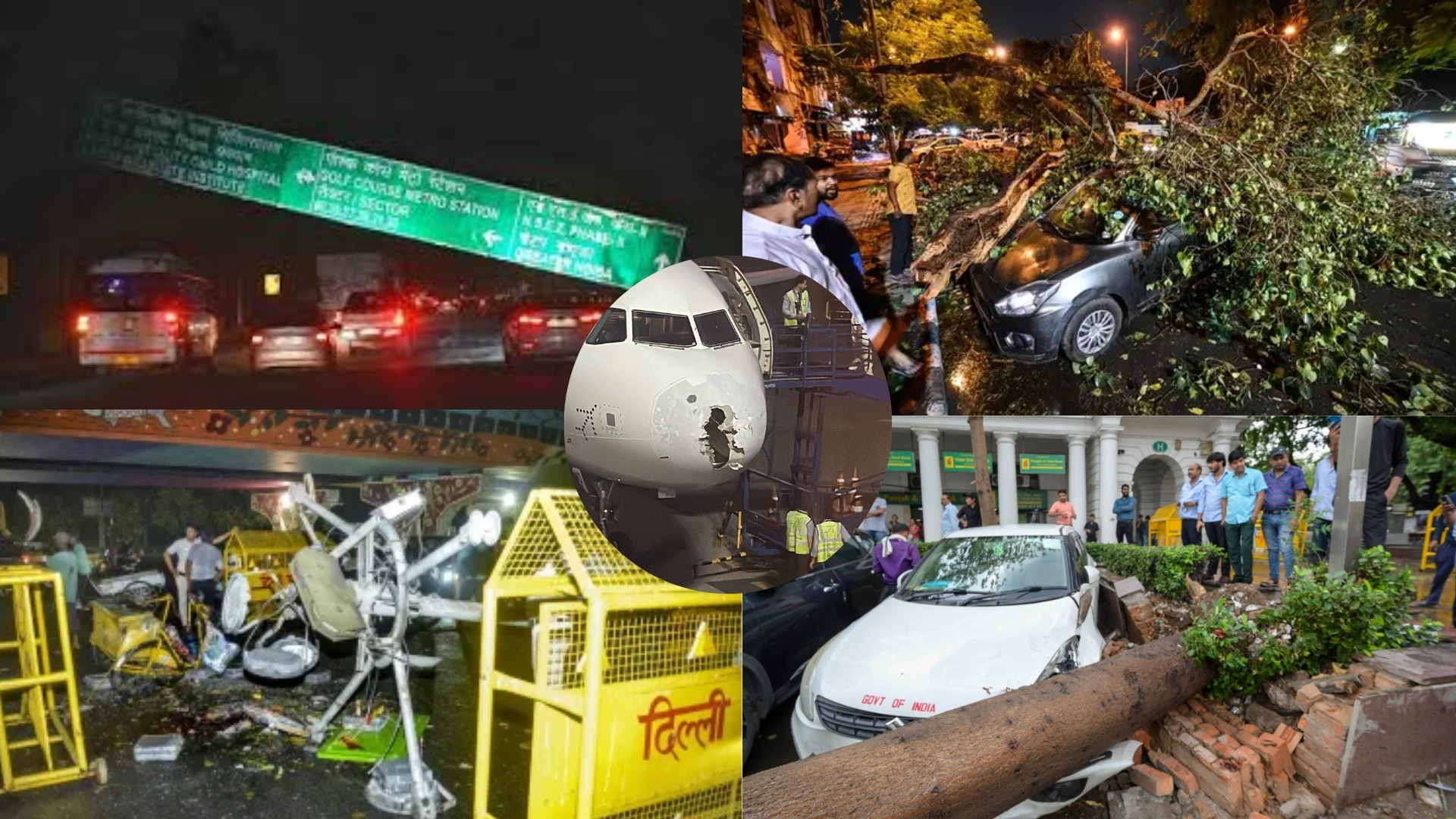
O1. Breach of Heat Relief & Pre‑Monsoon Arrivals
On June 17–18, Delhi‑NCR experienced heavy rainfall and winds reaching 50–70 km/h, prompting a red alert from the IMD. This Delhi city infrastructure monsoon episode provided respite from the heat but quickly revealed the city’s inability to cope with sudden downpours.
2. Flooded Roads & Traffic Congestion
Waterlogging struck low-lying zones such as Punjabi Bagh, ITO, Rohtak Road, and IGI Airport. Underpasses like Zakhira and Minto Bridge flooded, making major roads nearly impassable and triggering severe delays during peak hours.

3. Public Backlash & Demand for Accountability
Public figures and commuters criticized the repeated failure of drainage systems. The sentiment was clear: Delhi can’t afford another monsoon strain on its infrastructure—calls intensified for better planning and maintenance.
4. Metro Service Disruptions
Floodwater and wind-blown debris affected metro overhead equipment. Red, Yellow, and Pink line operations slowed, with some stations temporarily closed and shuttle service to Terminal 1 suspended due to flood concerns.
5. Airport Delays & Operational Challenges
Rainwater seeped into IGI Terminal 1, forcing staff to mop the floors. Flights were delayed or diverted as runway conditions and visibility worsened, highlighting vulnerabilities in airport drainage readiness.
6. Bus Route Disruptions
DTC and cluster buses saw delays while key underpasses at Outer Ring Road and Azad Market flooded. Frequent diversions and reduced service frustrated regular commuters.
7. Infrastructure & Utility Failures
Flooding exposed clogged drains, aging power infrastructure, and fallen trees. BSES and Tata Power-DDL scrambled to restore power amid outages, while civic agencies faced criticism for poor monsoon preparedness.
8. Human & Property Toll
Although less catastrophic than last year’s storms, this rain still caused property damage and unsafe road conditions. Flooded underpasses are a public safety hazard, risking slips, electrocutions, and waterborne disease.

Final Thoughts
Delhi’s recent heavy rains deliver welcome climate relief, but they also illuminate persistent weaknesses in city planning and execution. From flooded roads and halted transport to vulnerable utilities, the impacts of Delhi city infrastructure monsoon episodes are far-reaching and predictable—unless systemic changes are made. With stronger monsoons expected ahead, Delhi must embrace infrastructure reform, climate-proof design, and proactive emergency planning to ensure that future rains don’t bring the city to a standstill.





